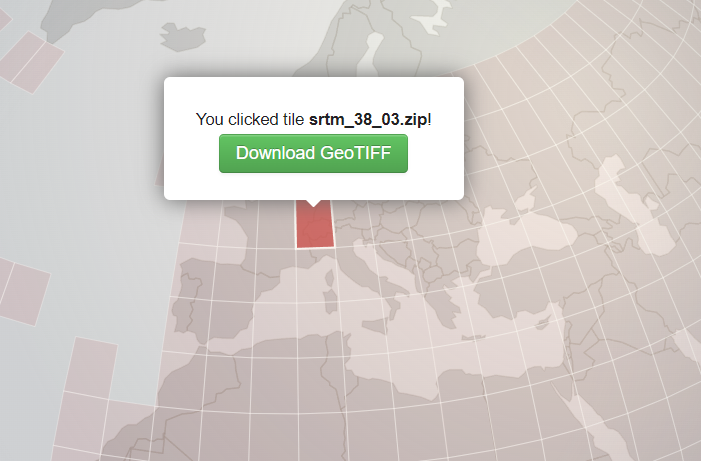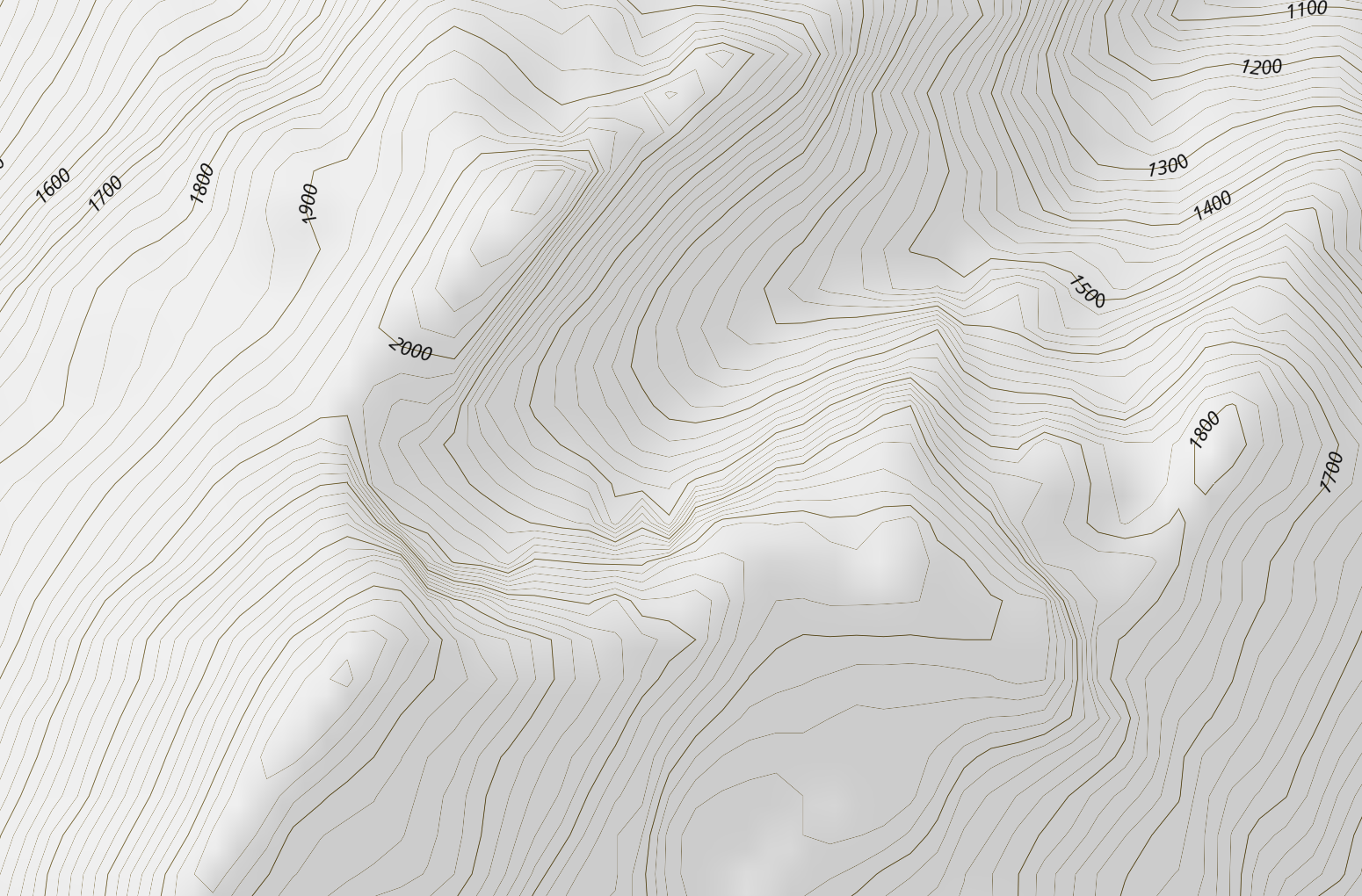A docker image to create vector tiles for contour lines and hillshade (relief) raster tiles of europe (mbtiles files).
The relief and is based on data from SRTM 90m DEM Digital Elevation Database and OpenSlopeMap.
git clone https://github.com/joe-akeem/contour-tiles.gitcd contour-tiles
docker-compose -f docker-compose-compute.yml build contour-tiles && docker-compose -f docker-compose-compute.yml upThis will build the mbtiles files in the folder ./osm/mbtiles
By default, the Europe area will be covered (defined in .env). The configuration for other areas has been prepared in
the .env-* files. For example, to build the contour tiles for South America, pass the corresponding environment file to
docker-compose as follows:
docker-compose --env-file .env-south-america -f docker-compose-compute.yml upTo completely customize the area, please use this tool SRTM Tile Grabber. You'll be able to identify the tiles that will be needed to build your data:
On this image, the name of the tile is srtm_38_03.zip. X is 38, Y is 03. For example, to compute
Hawaii only, you can export the custom area as environment variables before running docker-compose:
export MIN_X=05 MAX_X=06 MIN_Y=08 MAX_Y=09Please note that MIN_Z and MAX_Z are the limit in terms of altitude.
For a dry run to verify the configuration before launching the whole process run:
docker-compose -f docker-compose-compute.yml configThen start the building of the tiles as before:
docker-compose -f docker-compose-compute.yml upWith the view to be able to compute areas, many improvements have been done. First of all, the main bottleneck was the use of gdal_contour. It's a single core process...
To be able to overcome this problem, this script can now compute contour using parallelized job. You'll be able to define the number of parallel jobs using
the CONTOUR_JOBS variables, in the docker-compose-compute.yml file. Beware of the fact that you should limit the number of jobs to the number of core
that your host has. Moreover, each job will consume a lot of RAM, essentially dependent upon the size of the area. For the default area, i use 8 jobs with 16
GB free RAM.
Last problem, the long time taken by gdal_translate... Adding cache can speed up the process, but don't expect a huge difference. The variable is
GDAL_CACHEMAX, in MB.
To inspect the mbtiles files a local tileserver can be started as follows:
docker-compose upThe web interface of the tile server is made available at localhost:8080. A basic style is also available and can be used to view the generated data e.g. as Vector Tiles.
You will notice that there are contour lines for 100 meter and for 20 meter equidistance. The 100 meter equidistance lines will start showing from zoom level 10 while the 20 meter equidistance lines are showing from zoom level 13 upwards.
The contour lines are tagged with a field named elev representing the elevation of the contour line in meters above sea level.
The container has been tried with success on an Azure VM, Standard_D8ds_v5 with a P30 SSD (1To, 5kIOPS). The whole process for Europa took about 30 minutes.
The container has been used with success on an Azure VM, Standard_HB60-45rs with a P30 SSD (1To, 5kIOPS). The whole process for Planet took about 3 days. Even if this machine had a lot of cores, the RAM was the limiting factor. I had to use these parameters in the compose file :
MIN_X: 01
MAX_X: 72
MIN_Y: 01
MAX_Y: 24
MIN_Z: 0
MAX_Z: 9000
CONTOUR_JOBS: 8
GDAL_CACHEMAX: 160000

